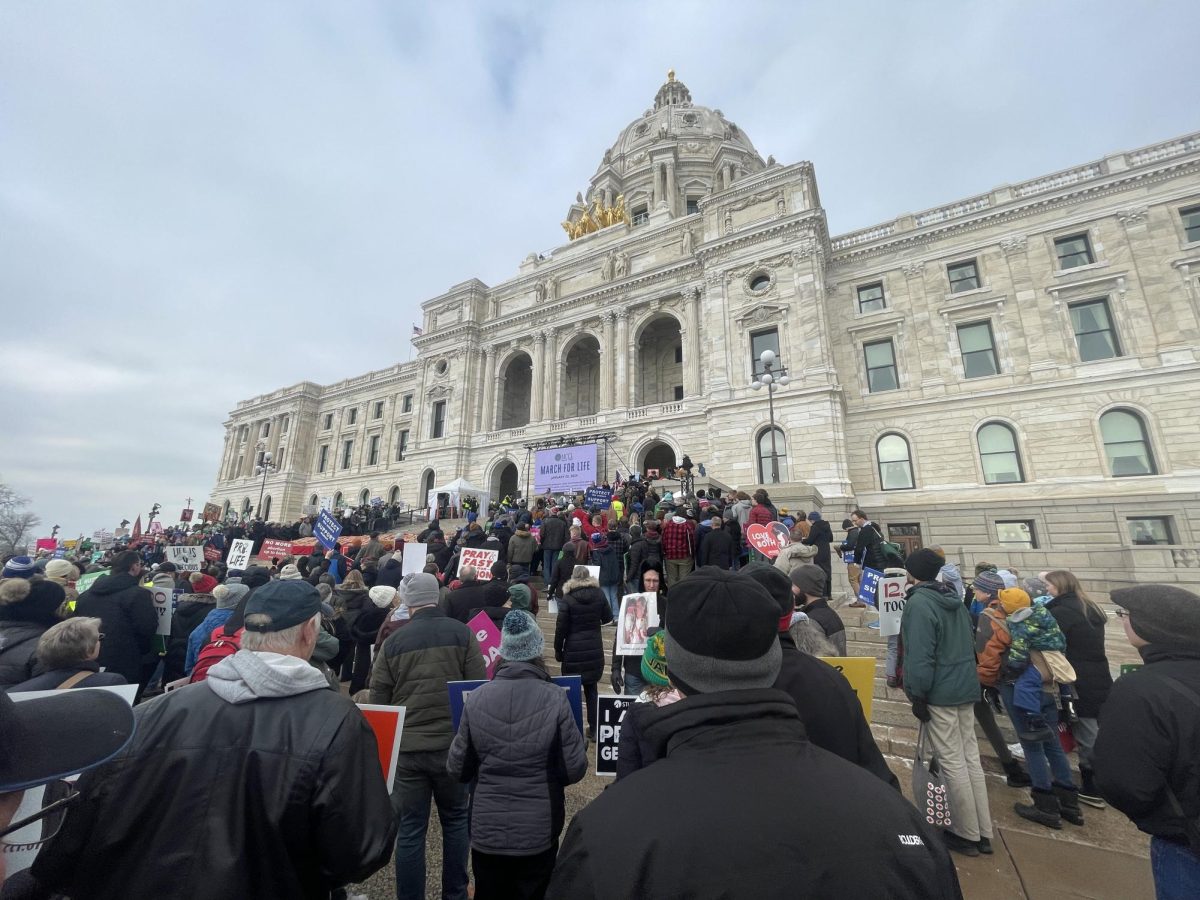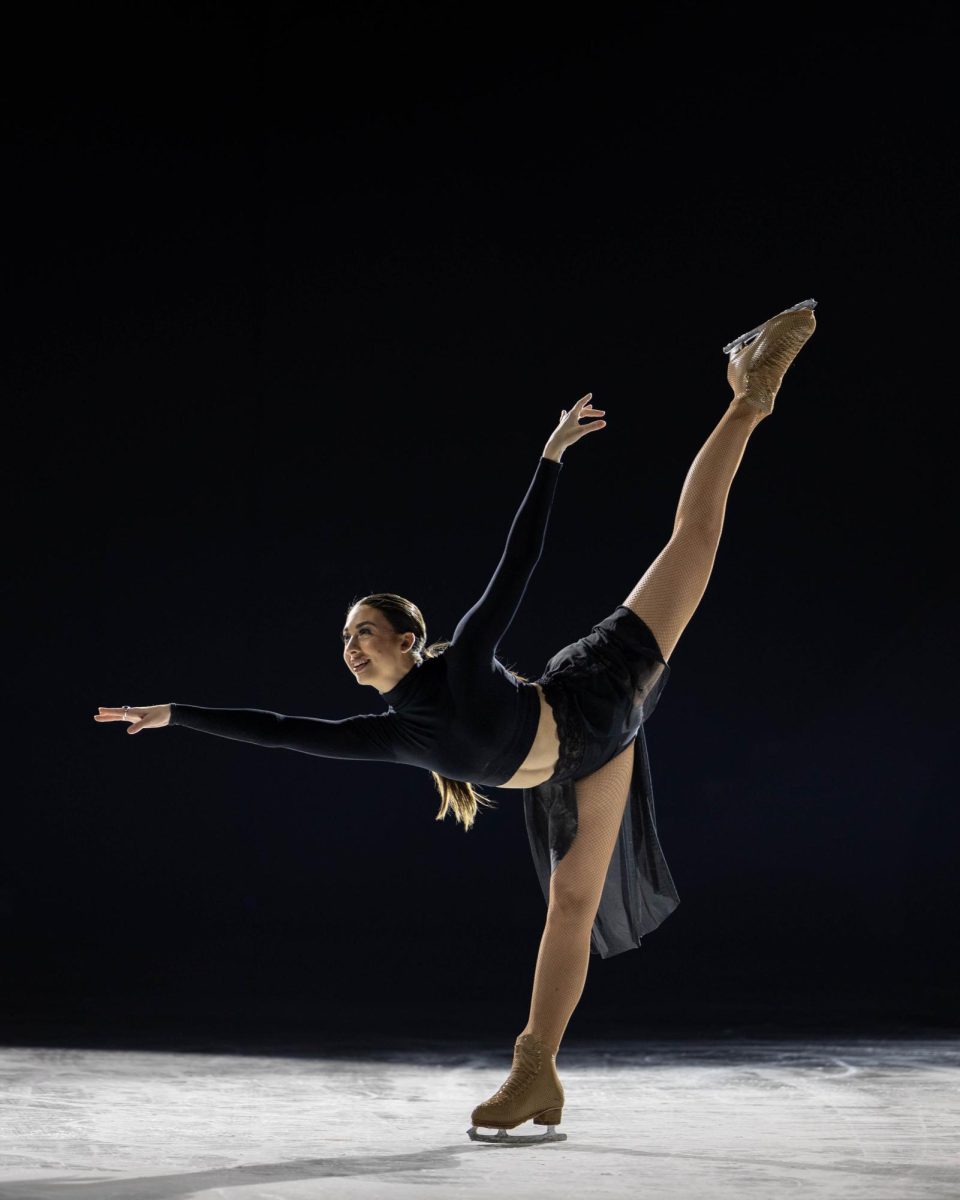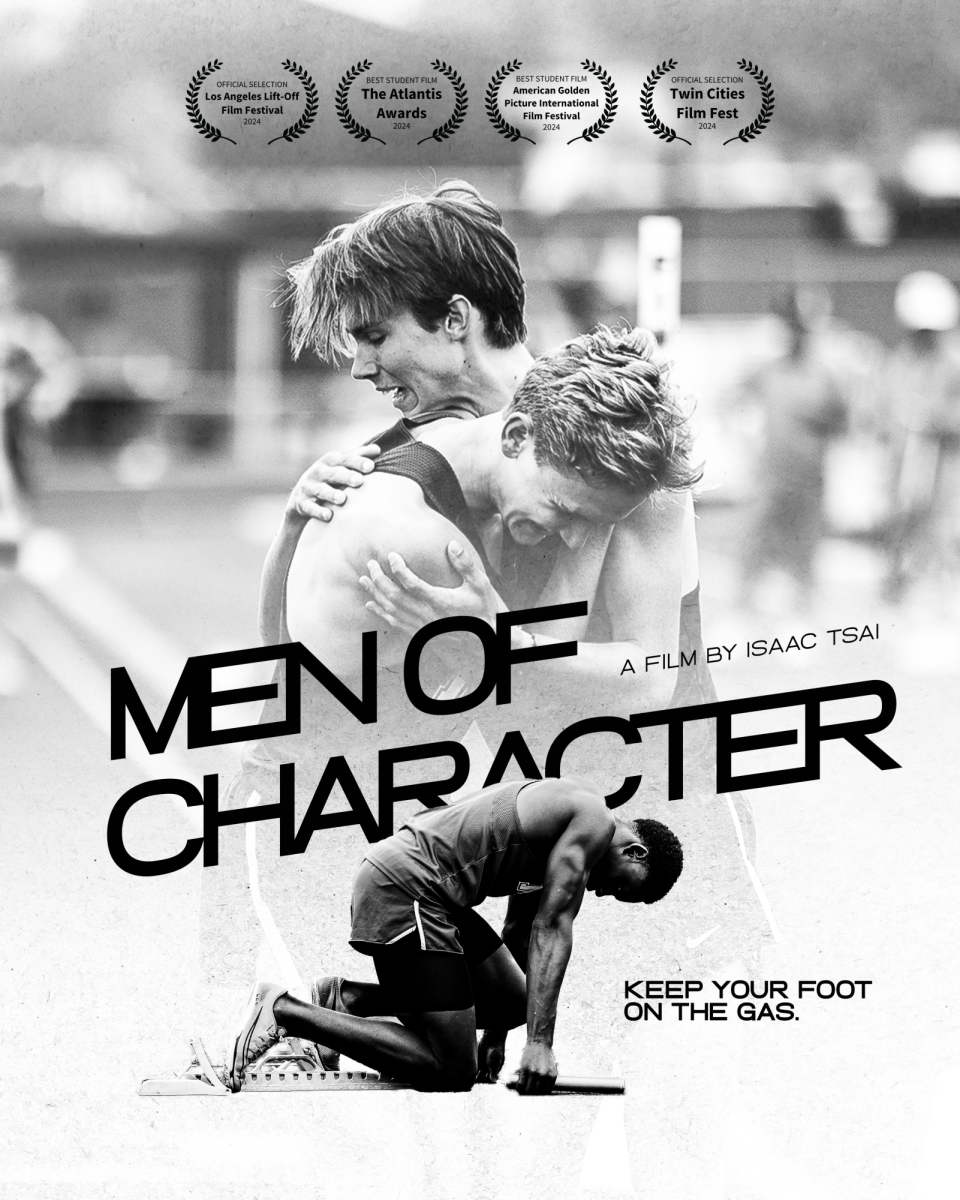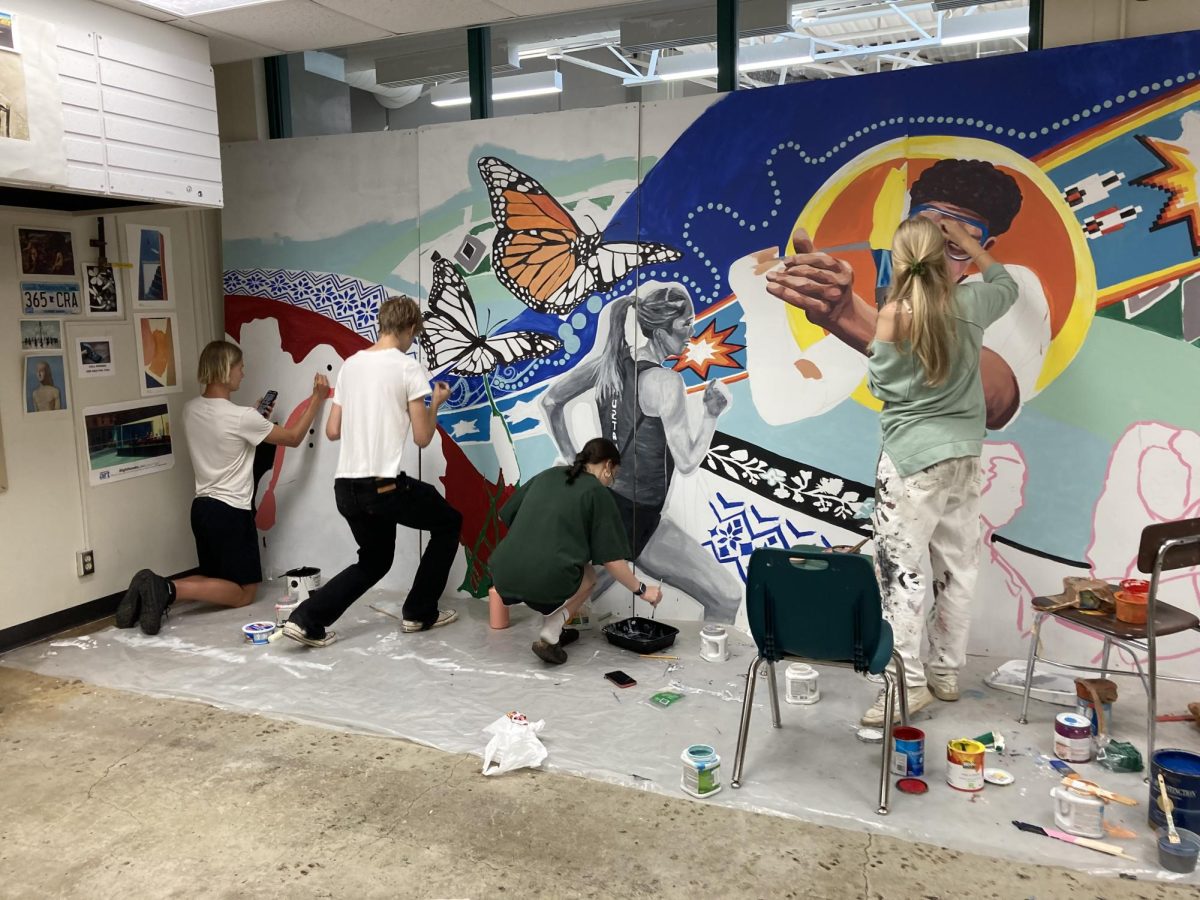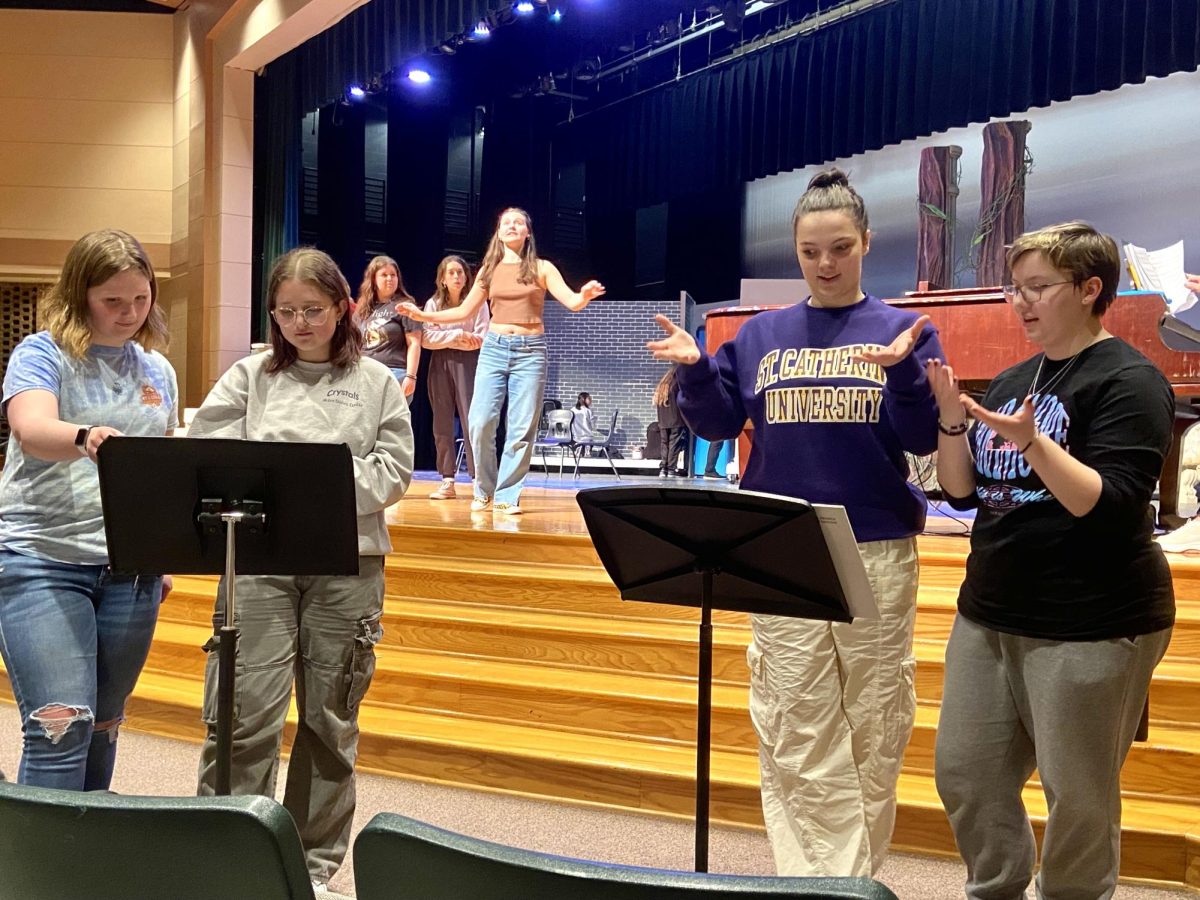Aesthetics have always existed throughout fashion and, in recent years, have been fun trends for others to follow. The term aesthetics is defined as an overall mood that a person is trying to conform to, usually because they find it visually pleasing. But these aesthetics are an opportunity for cultural appropriation to take over and essentially steal from minorities’ identities, consequently erasing the influences of their culture from certain aesthetics
For many, aesthetics are not just about following trends, but a way to celebrate individuality and creativity. From the ethereal and rustic vibes of cottagecore to the classical allure of dark academia, aesthetics allow individuals to curate their own personal style.
However, it is essential to recognize that aesthetics, like any other trend, must be approached with cultural sensitivity. The rising popularity of certain aesthetics has led to concerns of cultural appropriation, as they often borrow elements from various cultures without proper acknowledgment or understanding. This can lead to the erasure of the origins of these influences and perpetuate stereotypes.
One problematic aesthetic that is rising in popularity is the “clean girl” aesthetic. It promotes clear skin, waxed bodies, straight hair and an elegant effortless look. It has faced a lot of criticism due to the evident cultural appropriation. It is a fairly new trend, but many of the stylistic choices utilized are commonly found in South Asian culture. For example, a popular choice for the aesthetic is hair slicked back into a bun. Although currently popular, previously, when South Asian girls slick their hair back, it was called unkempt and dirty.
There is also the “brownie glazed lip,” a beauty technique named by American model and socialite Hailey Bieber. The technique involves a brown lip liner and a clear gloss, and it’s a combination that Black and Latina women have worn for many generations. Claiming it is a new trend is disrespectful towards the Black and Latina communities that first established and used the technique. It rebrands it as a new exciting trend, completely erasing the influence of the Black and Latina communities.
Another popular aesthetic is Y2K fashion. The style usually includes high-contrast colors, low-rise jeans, crop tops and loose-fitting sweatshirts. Makeup looks involve baby blues and pinks, glitter and lip gloss. While it has gained widespread popularity, it is important to remember that artists of color initially popularized many elements of this aesthetic. For example, Y2K’s popular velour tracksuits and prominent logos were first popularized by artists of color, such as American rapper and singer songwriter Missy Elliot and American rapper Nelly. Recognizing and respecting their contributions to this trend is essential.
Participating in fashion trends is not the issue, and aesthetics are not inherently bad. Embracing aesthetics allows individuals to explore their identity, creativity and personal style.
However, participation in aesthetics should be accompanied by cultural awareness and sensitivity. By acknowledging the origins and cultural significance of certain styles, we can celebrate diversity and build bridges between communities.




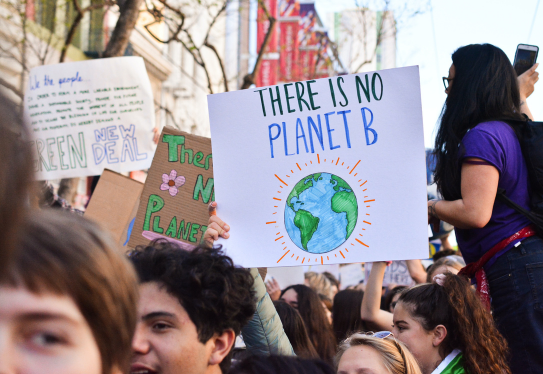
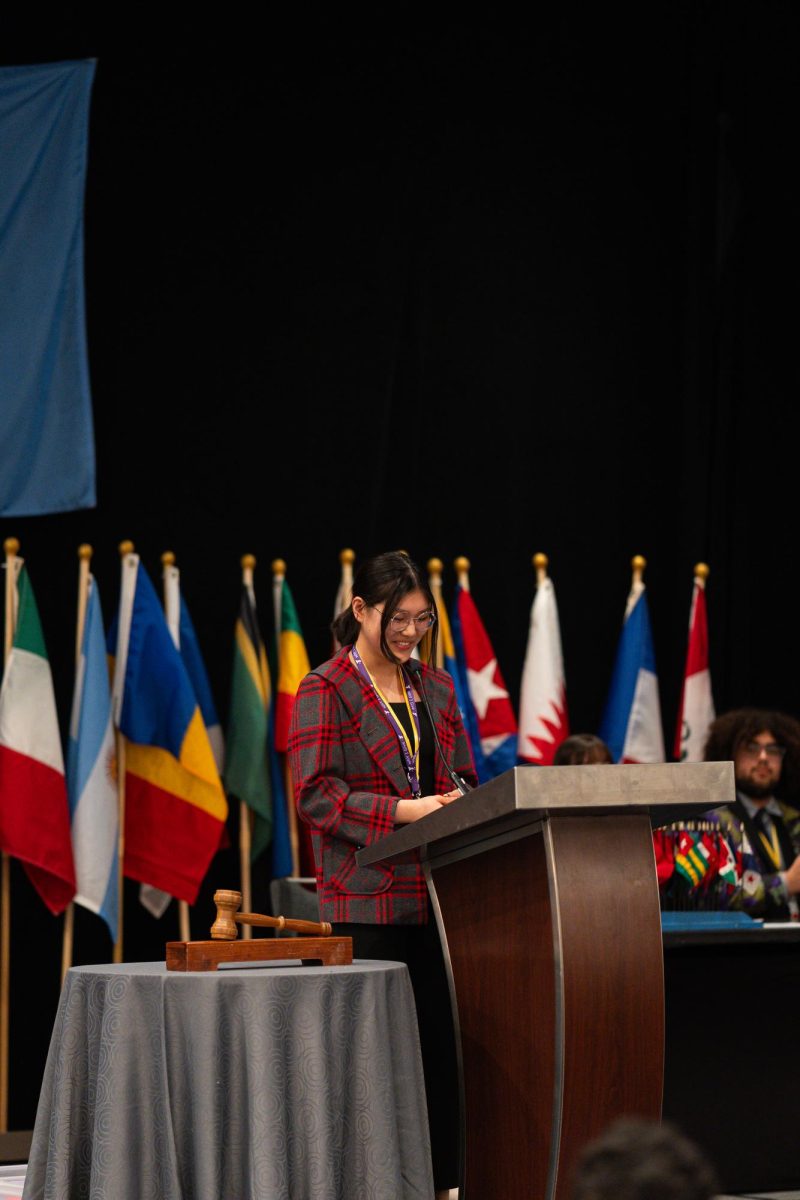


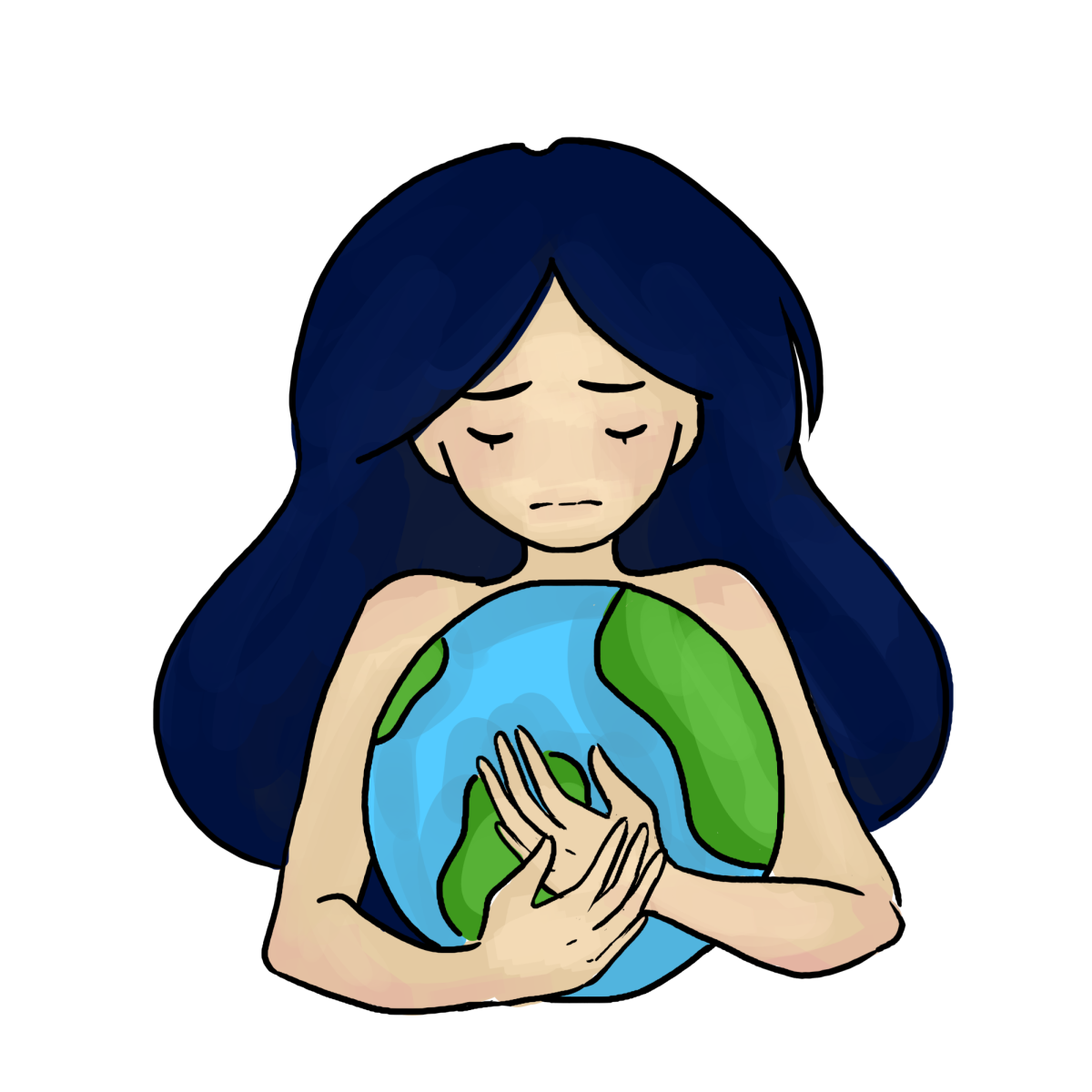
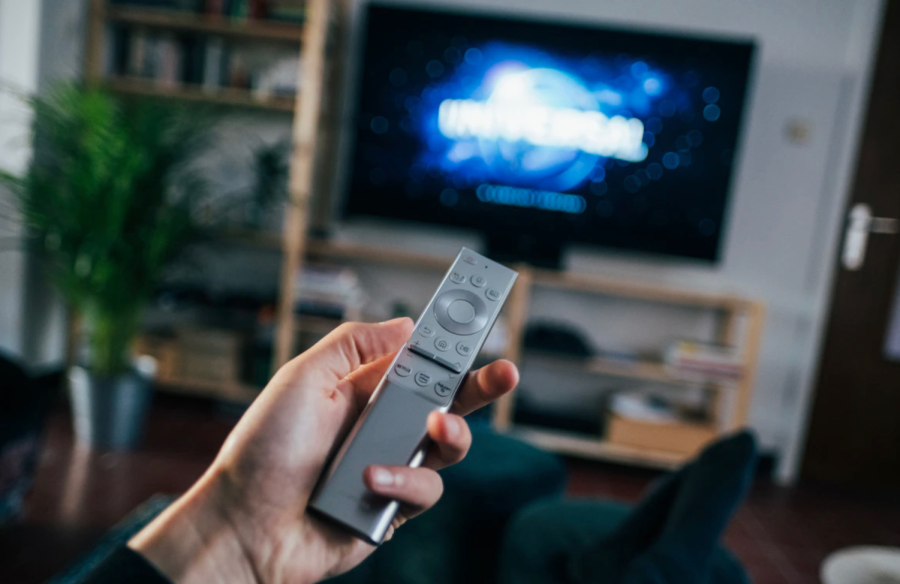

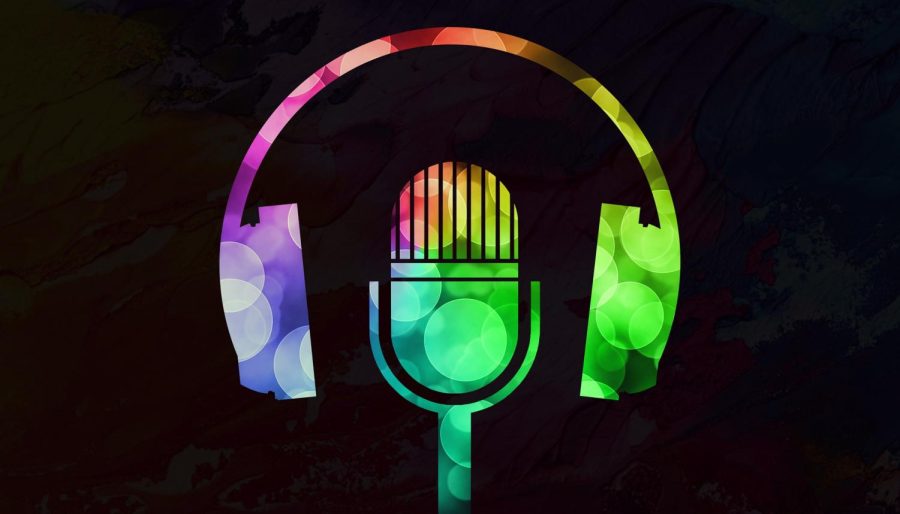
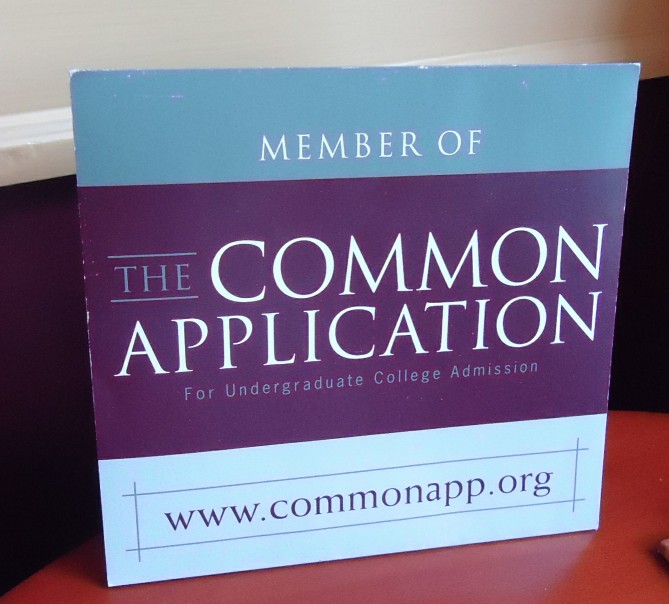


![[DEBATES] Prestigious colleges: value or hype?](https://www.mvviewer.org/wp-content/uploads/2024/12/buildings-1200x654.png)


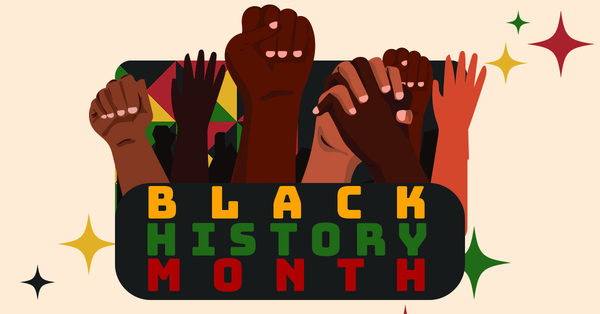


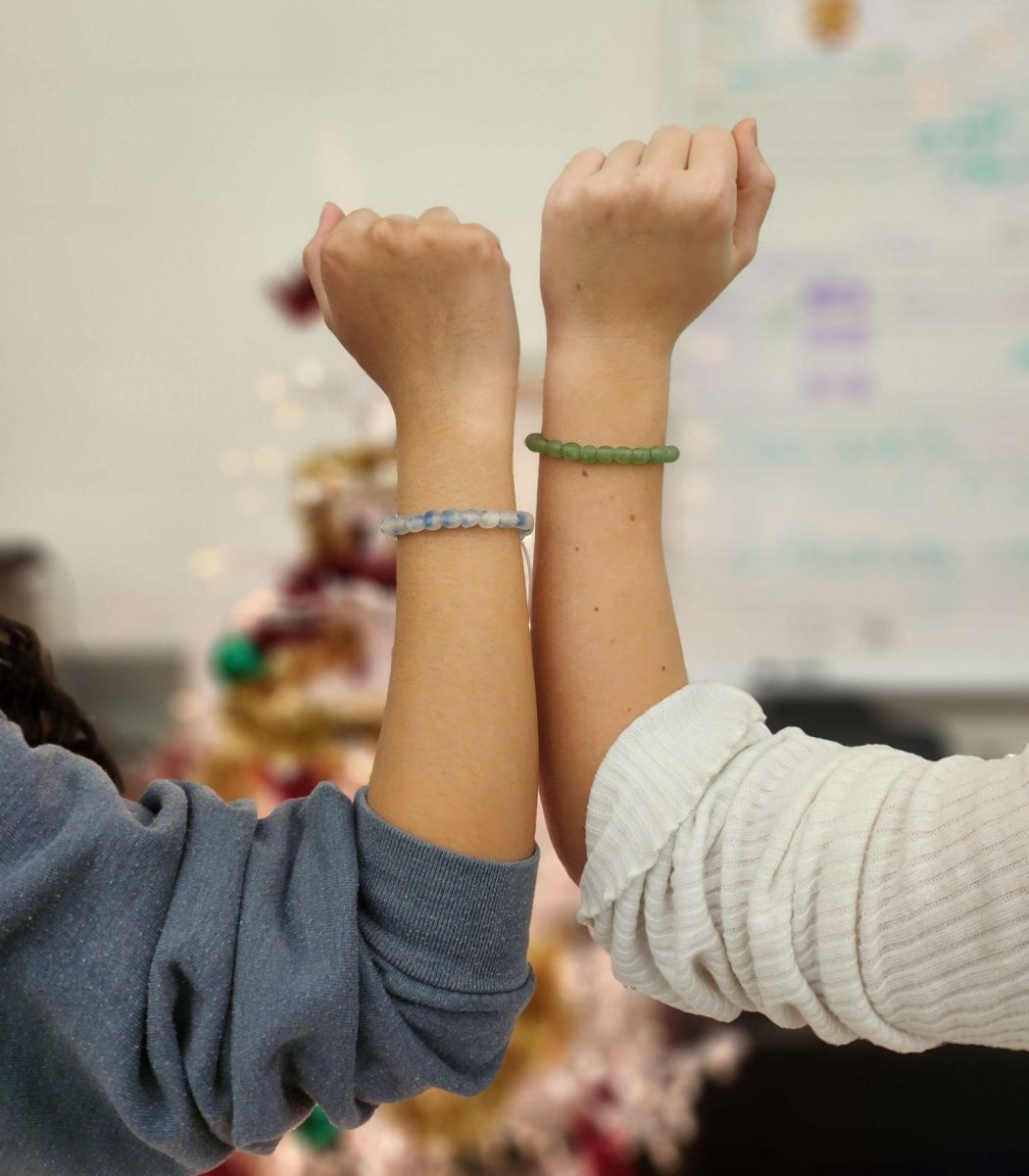
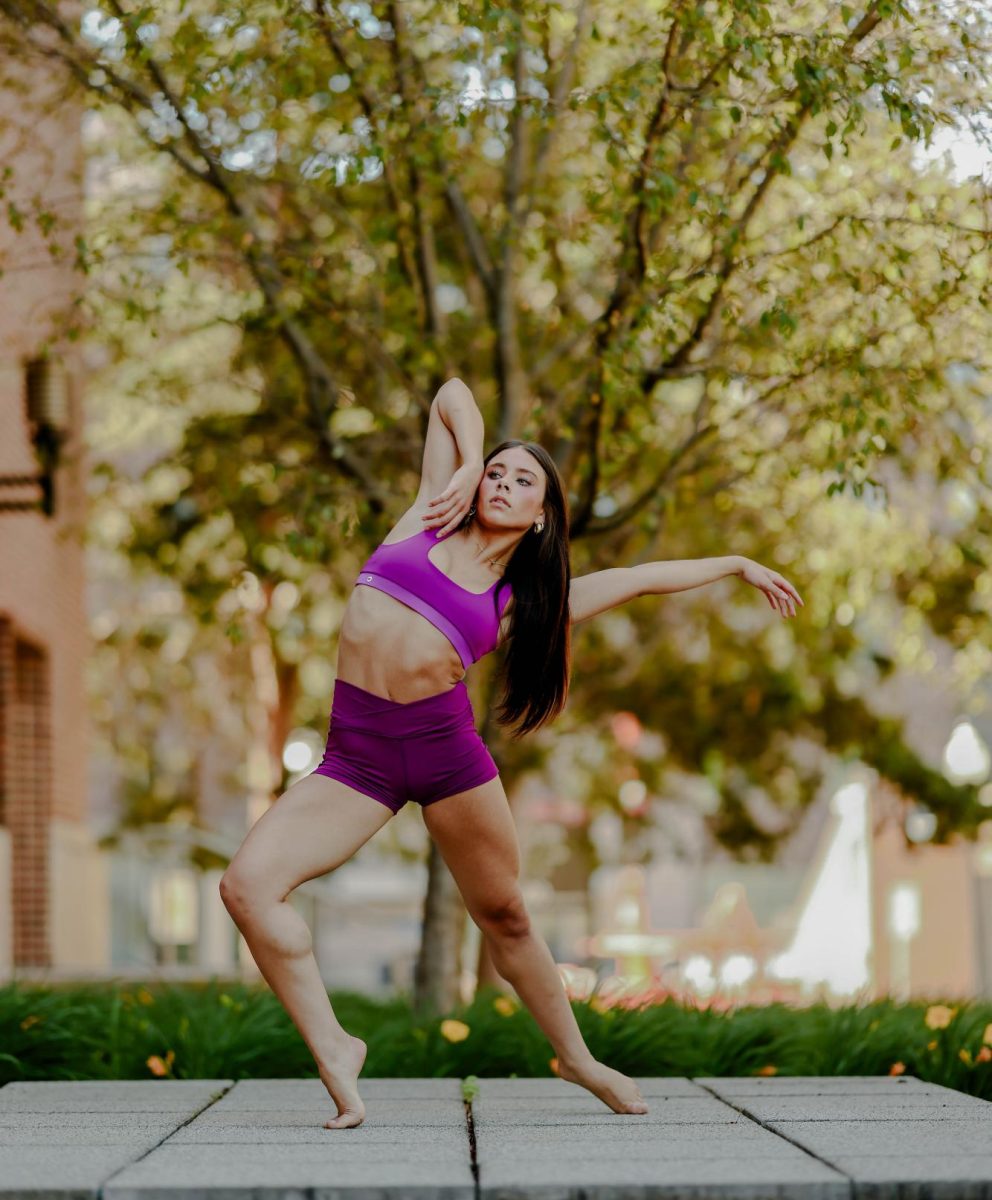
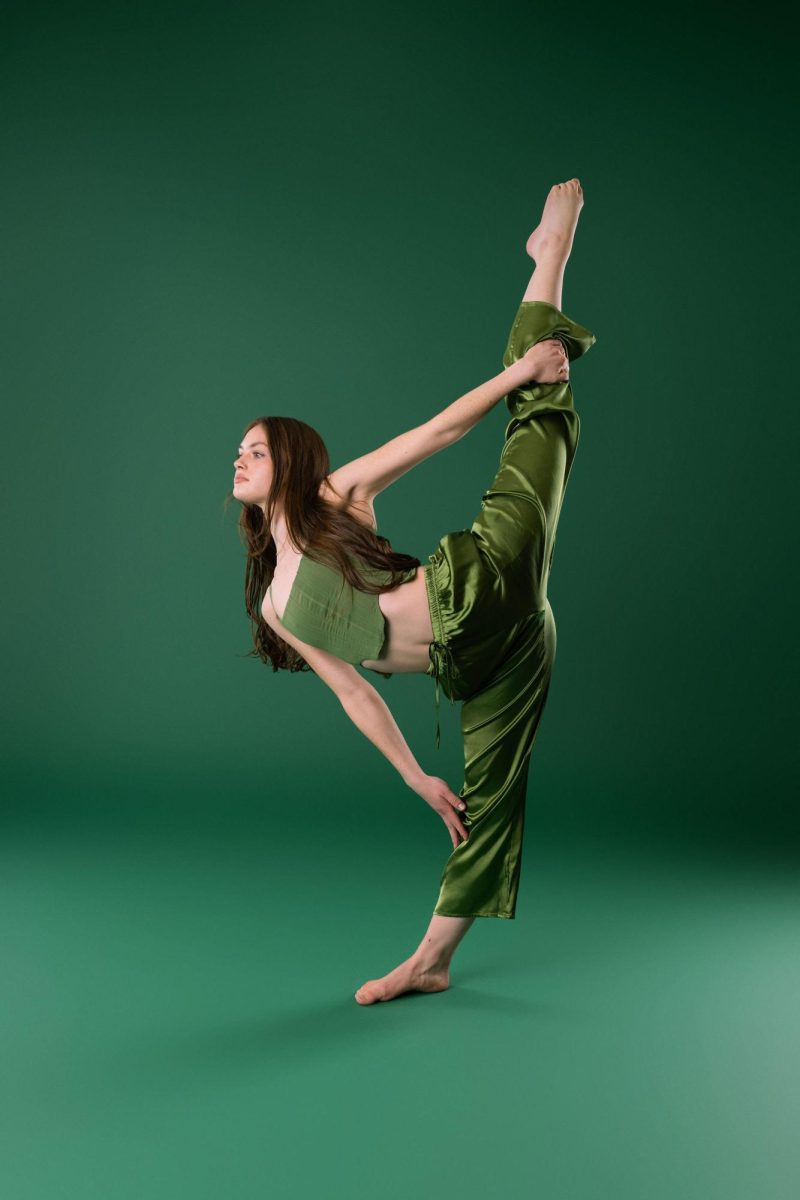


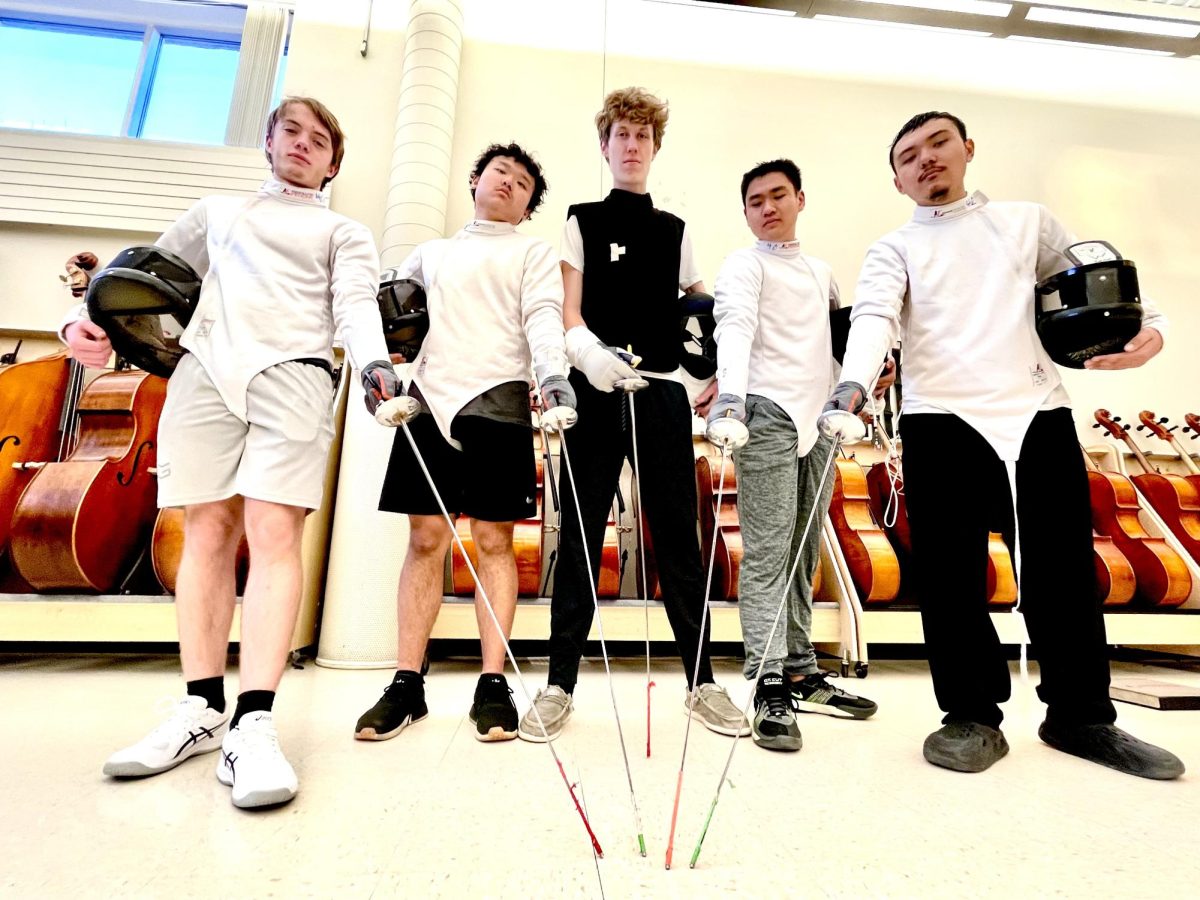

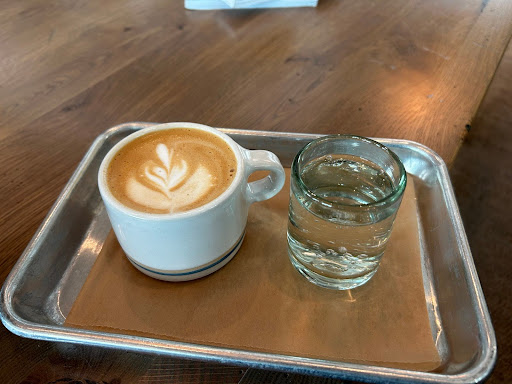

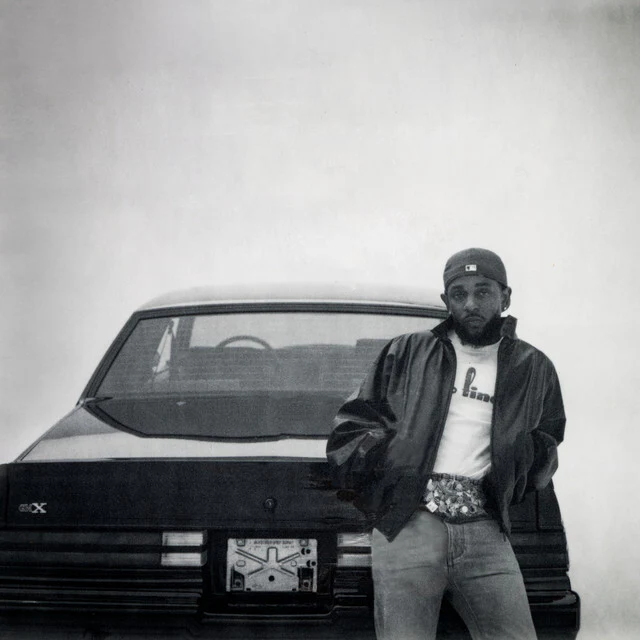
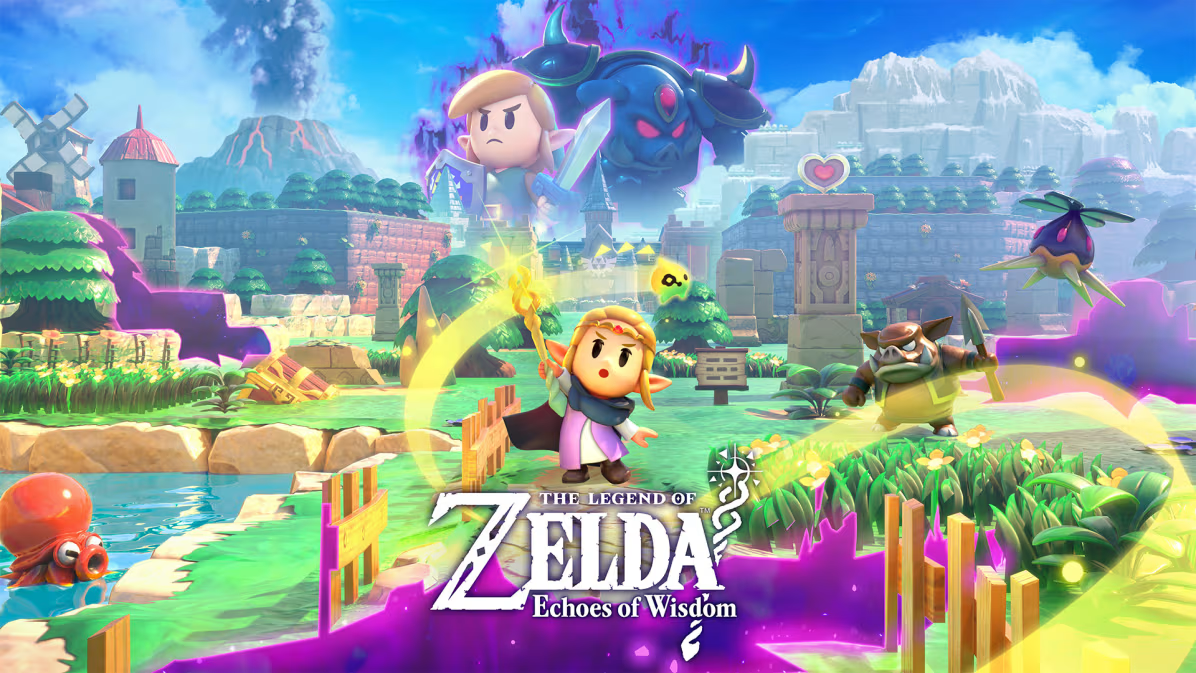
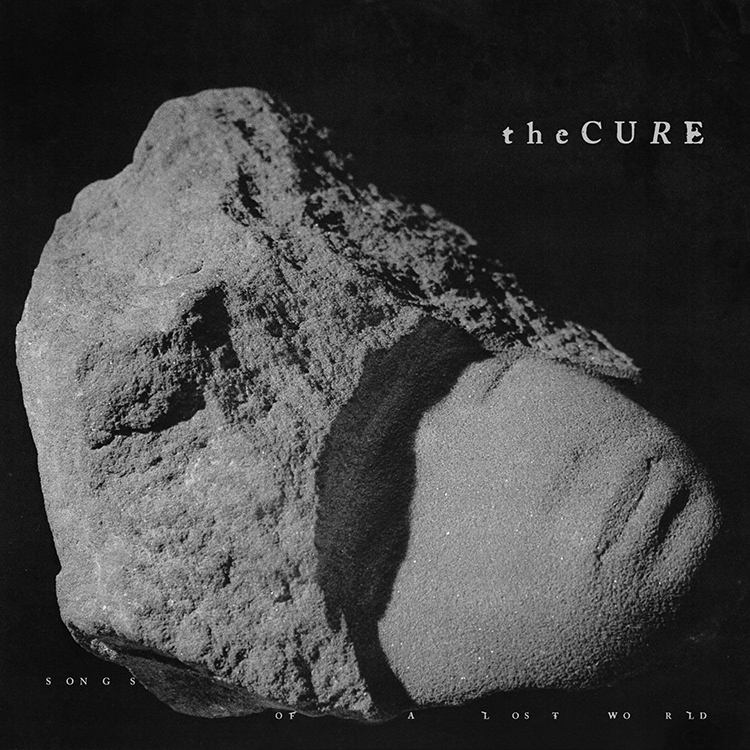
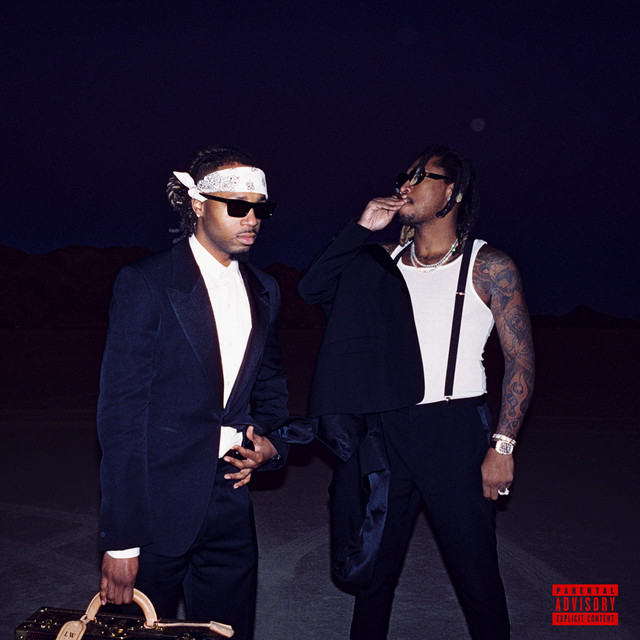
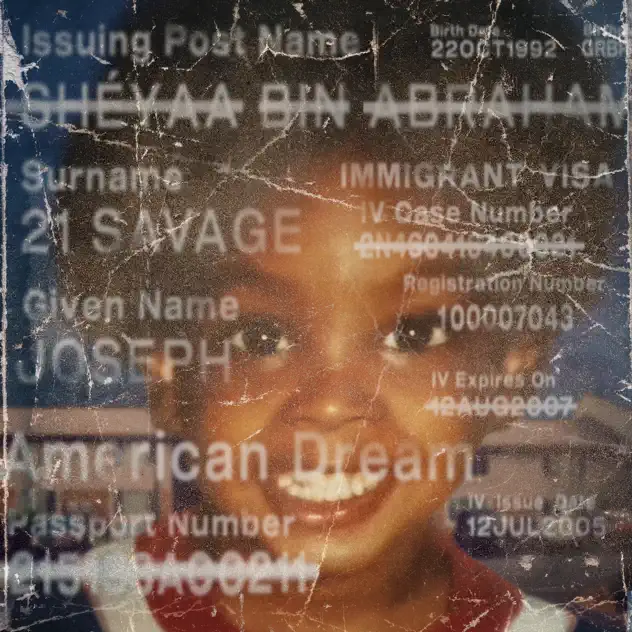
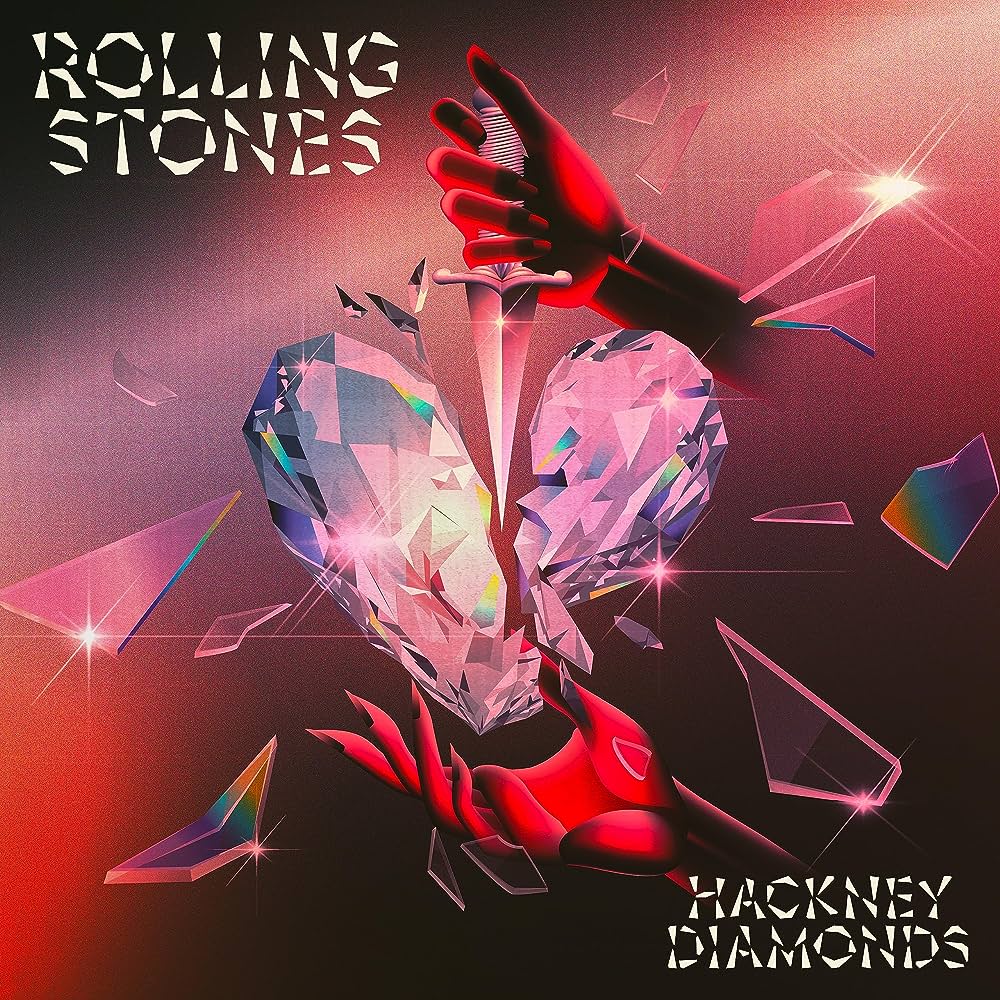
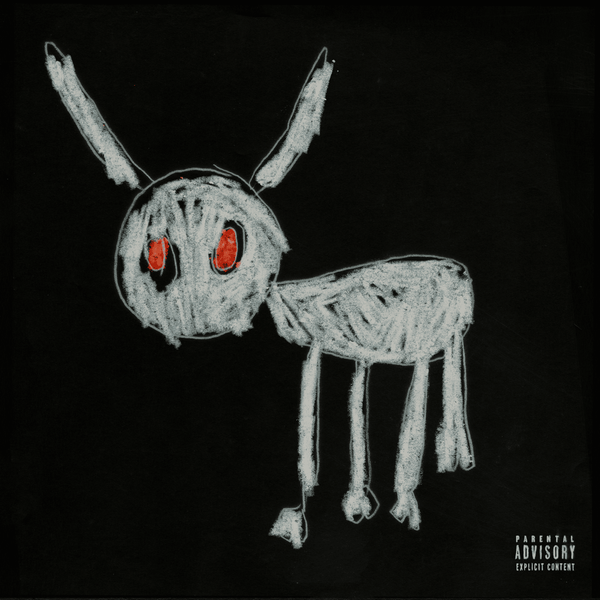



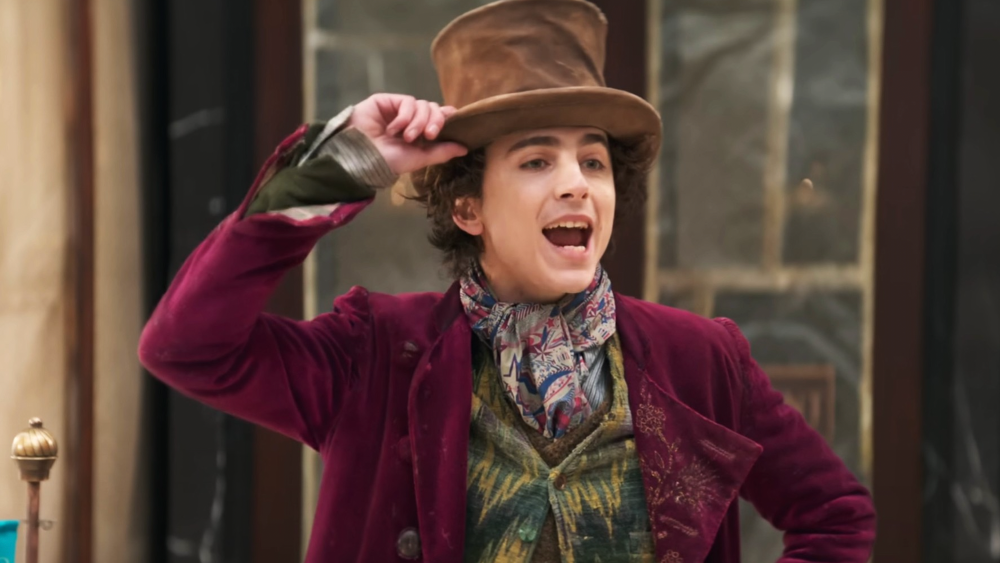

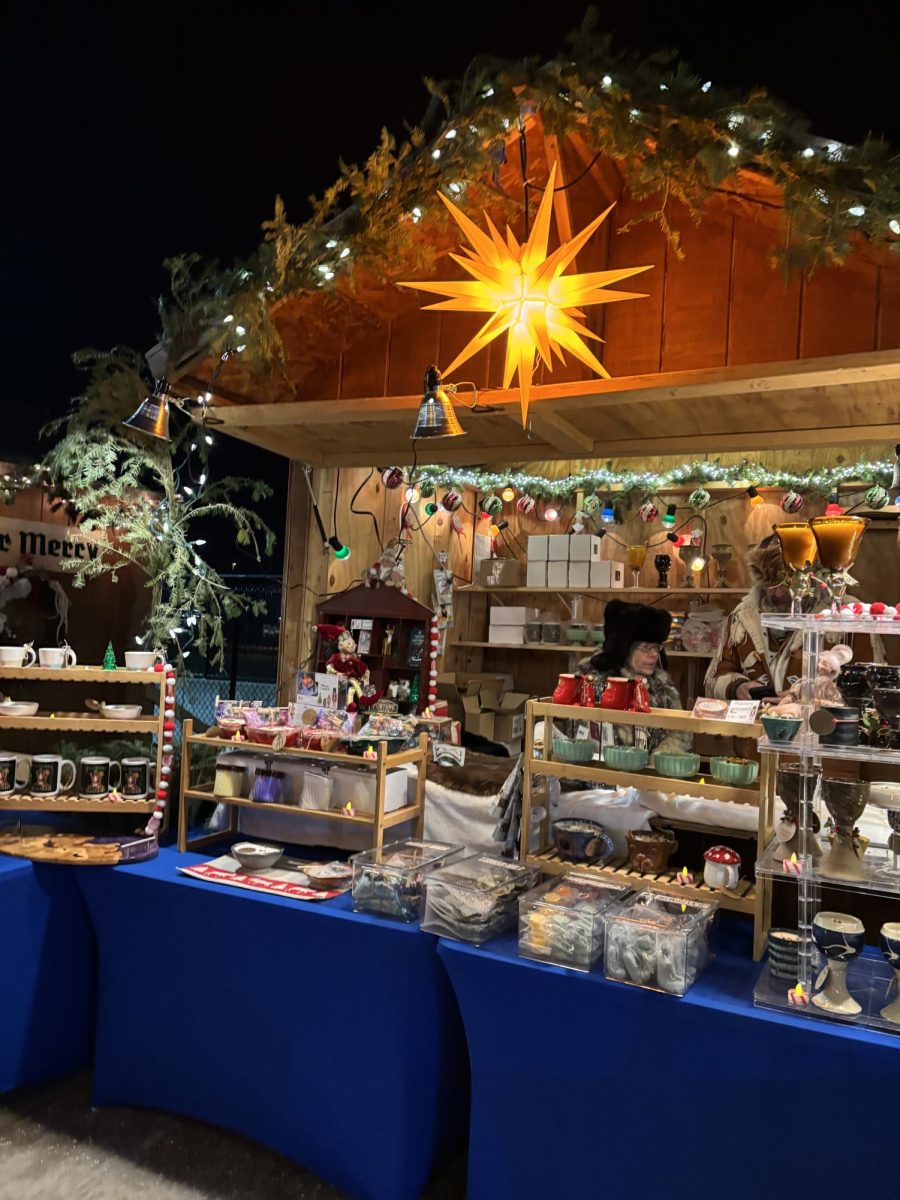
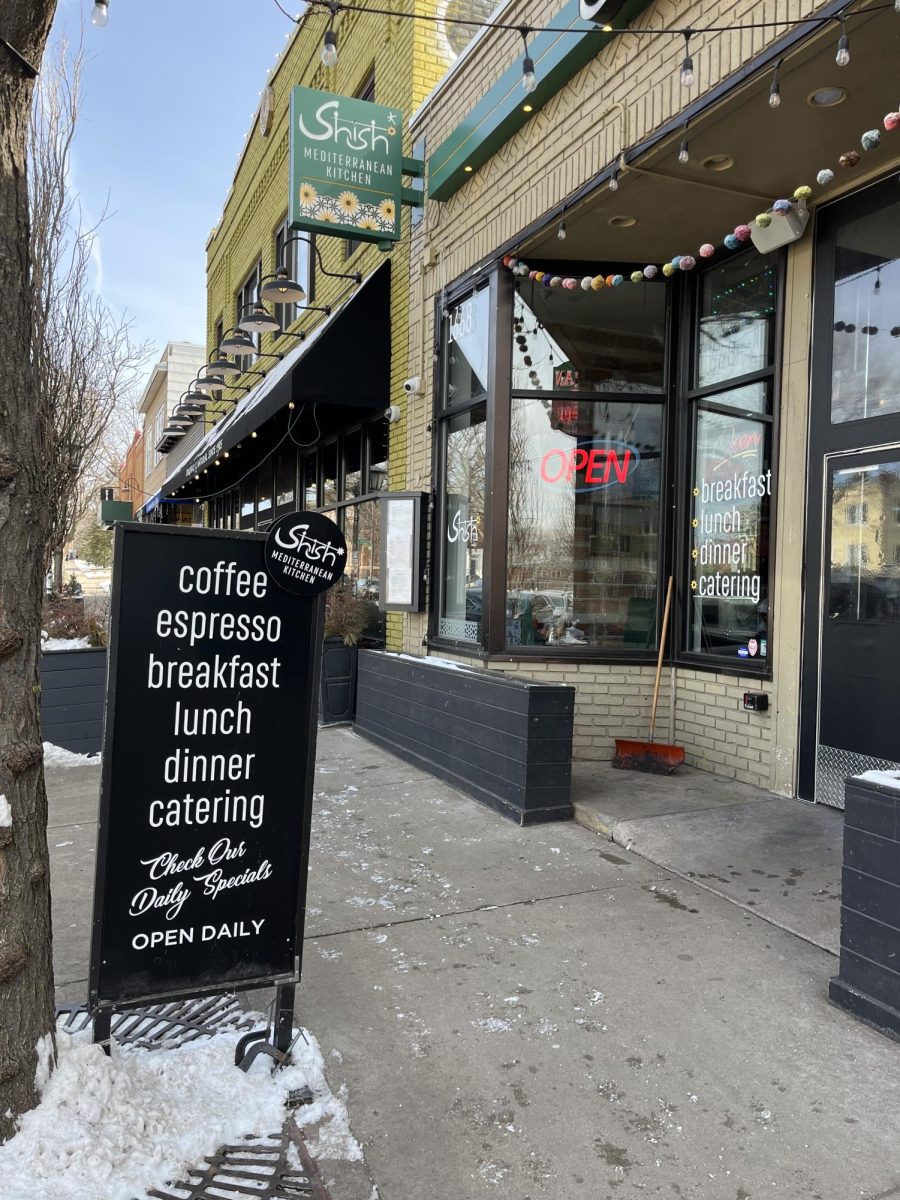
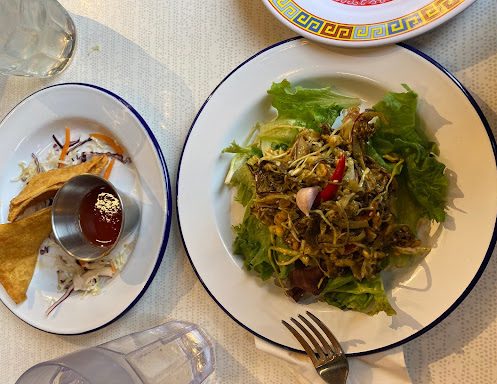





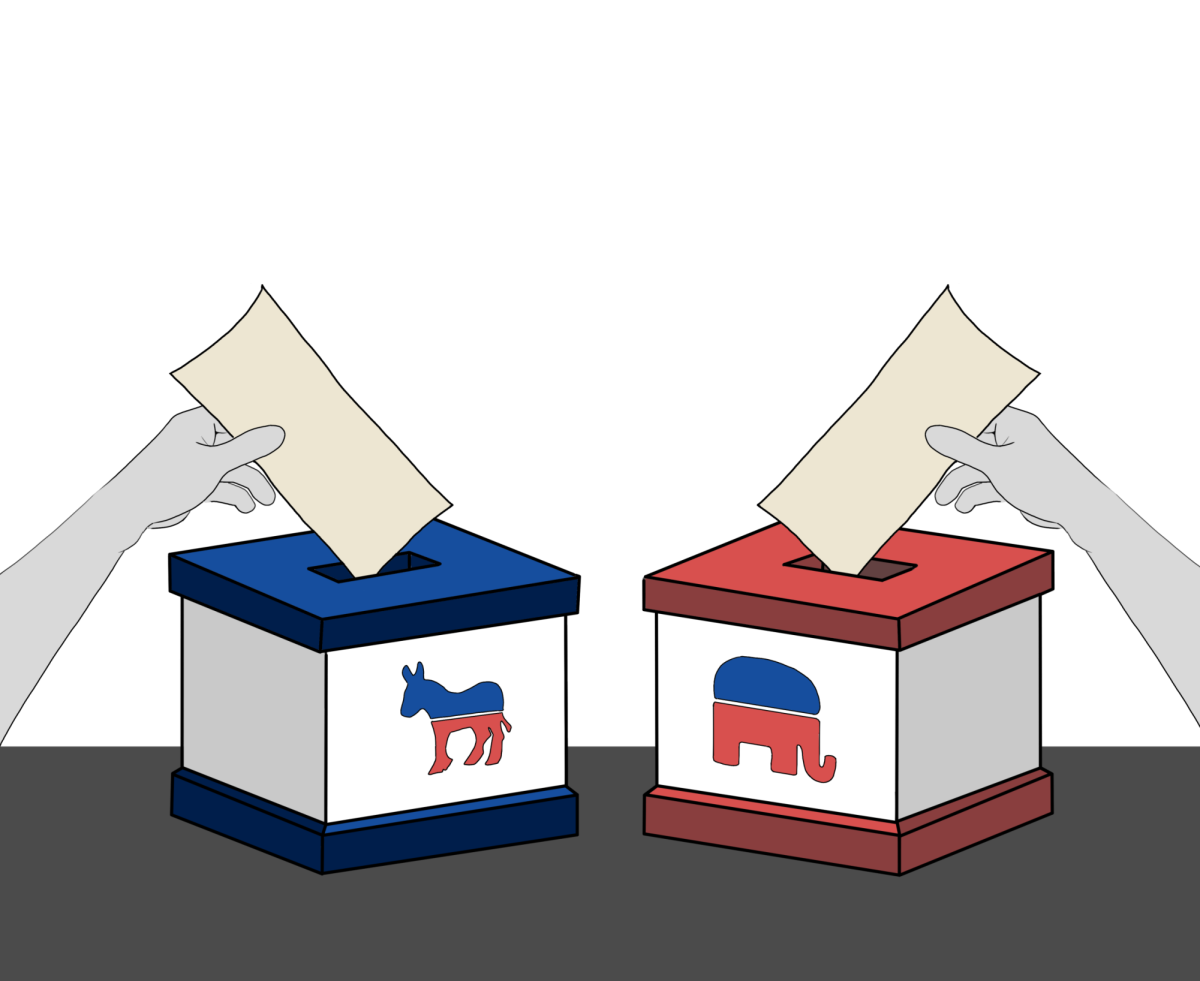
![[OPINION] The dark origins of TikTok's looksmaxxing trend](https://www.mvviewer.org/wp-content/uploads/2024/02/Copy-of-Copy-of-Untitled-Design-1200x675.png)
